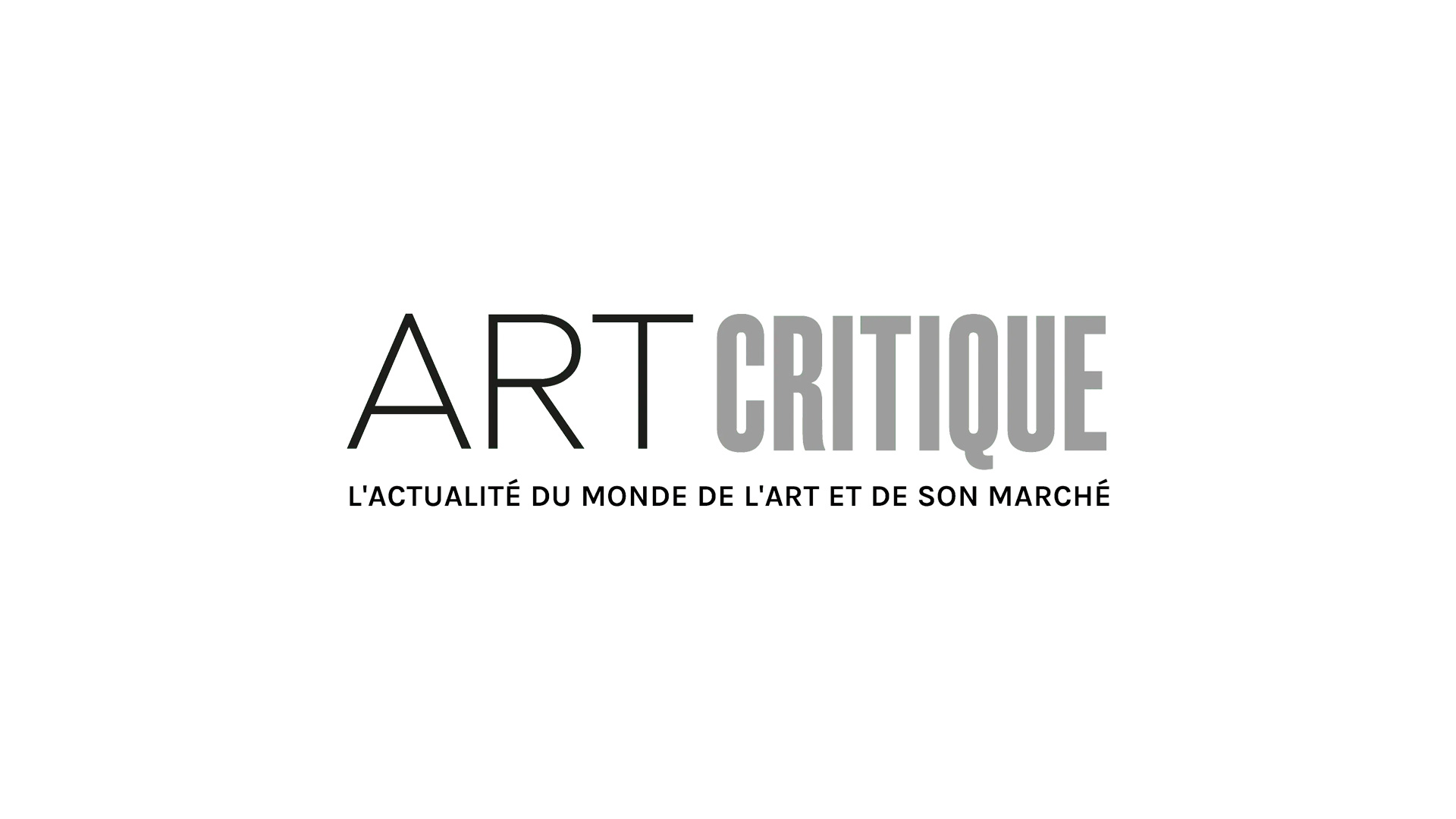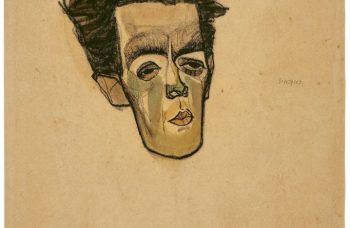Just two weeks ago, Italy and France signed a deal that reinstated a 2017 deal that would green light a number of works by Leonardo da Vinci to be loaned to the Louvre for their upcoming blockbuster exhibition. It seemed that the saga, which played out over the last year, was finally put to rest. However, an Italian court has recently blocked the loan of one of da Vinci’s most well-known drawings: the Vitruvian Man.
The Vitruvian Man we now know was expected to be a part of the Louvre’s show commemorating the 500th anniversary of da Vinci’s death. The drawing, which dates back to the 1400s, is currently kept in Venice where, for conservation purposes, it is only shown every six years because of its fragile state. Its fragility was the primary reason put forth by Italia Nostra, an Italian heritage organization, in documents presented to the court. ‘All the technical reports have advised against the transfer of the very fragile design,’ Lidia Fersuoch, president of Italia Nostra in Venice, told The Guardian. The Vitruvian Man was on display earlier this year at Venice’s Accademia galleries, which would further mean that if the work goes to the Louvre for its show, the drawing would be concealed for as long as a decade for conservation.
https://www.art-critique.com/en/2019/10/mona-lisa-back-in-the-salle-des-etats/
At the moment, the court sided with Italia Nostra and the drawing will stay safely in Italy during the upcoming exhibition. On October 16th, though, a hearing is scheduled to hear Dario Franceschini’s, the recently reinstated cultural minister of Italy, rebuttal to Italia Nostra’s appeal. Franceschini was also one of the signees in the September deal that promised the loan to France as well as the cultural minister who originally began negotiations in 2017.
That 2017 deal in part organized by Franceschini set in motion a long-term agreement between France and Italy that if Italy promised some of the best known da Vincis to the Louvre for this show, France would reciprocate next year with the loan of a number of works by Raphael. Much like this year has been a major year for da Vinci, next year is the 500th anniversary of Raphael’s death, which will certainly draw people to see works by another of the Renaissance’s Old Masters.
The deal was halted about a year ago, though, when Italy’s government changed hands. Franceschini was replaced by Alberto Bonisoli, whose deputy, Lucia Borgonzoni, threatened to call the deal off last November. At that time, she said that loaning the works to France would put Italy ‘on the margins of a great cultural event’ and that ‘Leonardo is Italian; he only died in France.’ Her statement recalled an ongoing turf war between the countries over who gets to claim da Vinci. He was, of course, Italian and spent most of his career there, but in his later years, he resided in France working for the king before his death in Amboise. In March of this year, it seemed that France and Italy might again reach an agreement and then, in August, Franceschini was reinstated as cultural minister after more political turmoil in Italy.
While the Vitruvian Man is up in the air, a spokesperson for Franceschini confirmed in The Guardian that other works by da Vinci are in fact already en route to France. The Louvre’s highly anticipated exhibition, titled ‘Leonardo da Vinci’ is scheduled to open on October 24th and will run through February 24th of next year. More than 30,000 pre-sale tickets for the exhibition have already been sold.





